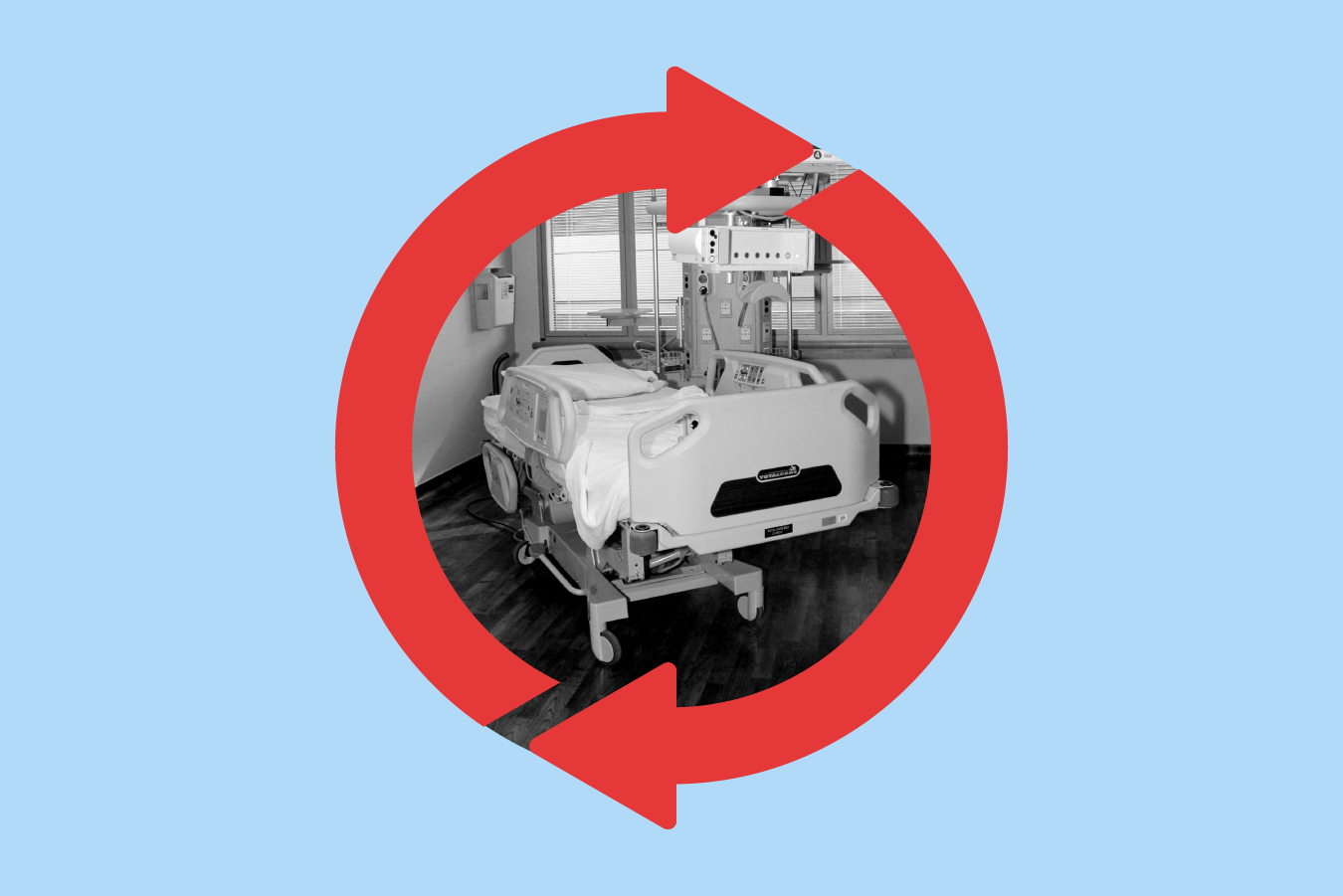The federal government’s effort to penalize hospitals for excessive patient readmissions is ending its first decade with Medicare cutting payments to nearly half the nation’s hospitals.
In its 10th annual round of penalties, Medicare is reducing its payments to 2,499 hospitals, or 47% of all facilities. The average penalty is a 0.64% reduction in payment for each Medicare patient stay from the start of this month through September 2022. The fines can be heavy, averaging $217,000 for a hospital in 2018, according to Congress’ Medicare Payment Advisory Commission, or MedPAC. Medicare estimates the penalties over the next fiscal year will save the government $521 million. Thirty-nine hospitals received the maximum 3% reduction, and 547 hospitals had so few returning patients that they escaped any penalty.
An additional 2,216 hospitals are exempt from the program because they specialize in children, psychiatric patients or veterans. Rehabilitation and long-term care hospitals are also excluded from the program, as are critical access hospitals, which are treated differently because they are the only inpatient facility in an area. Of the 3,046 hospitals for which Medicare evaluated readmission rates, 82% received some penalty, nearly the same share as were punished last year.
The Hospital Readmissions Reduction Program (HRRP) was created by the 2010 Affordable Care Act and began in October 2012 as an effort to make hospitals pay more attention to patients after they leave. Readmissions occurred with regularity — for instance, nearly a quarter of Medicare heart failure patients ended up back in the hospital within 30 days in 2008 — and policymakers wanted to counteract the financial incentives hospitals had in getting more business from these boomerang visits.
MedPAC has found readmission rates declined from 2008 to 2017 after the overall health conditions of patients were taken into account. Heart failure patient readmission rates dropped from 24.8% to 20.5%, heart attack patient rates dropped from 19.7% to 15.5%, and pneumonia patient rates decreased from 20% to 15.8%, according to the most recent MedPAC analysis. Readmission rates for chronic obstructive pulmonary disease, hip and knee replacements, and conditions that are not tracked and penalized in the penalty program also decreased.
“The HRRP has been successful in reducing readmissions, without causing an adverse effect on beneficiary mortality,” MedPAC wrote. The commission added that untangling the exact causes of the readmission rates was complicated by changes in how hospitals recorded patient characteristics in billing Medicare and an increase in patients being treated in outpatient settings. Those factors made it difficult to determine the magnitude of the readmission rate drop due to the penalty program, MedPAC said.
The current penalties are calculated by tracking Medicare patients who were discharged between July 1, 2017, and Dec. 1, 2019. Typically, the penalties are based on three years of patients, but the Centers for Medicare & Medicaid Services excluded the final six months in the period because of the chaos caused by the pandemic as hospitals scrambled to handle an influx of covid-19 patients.







